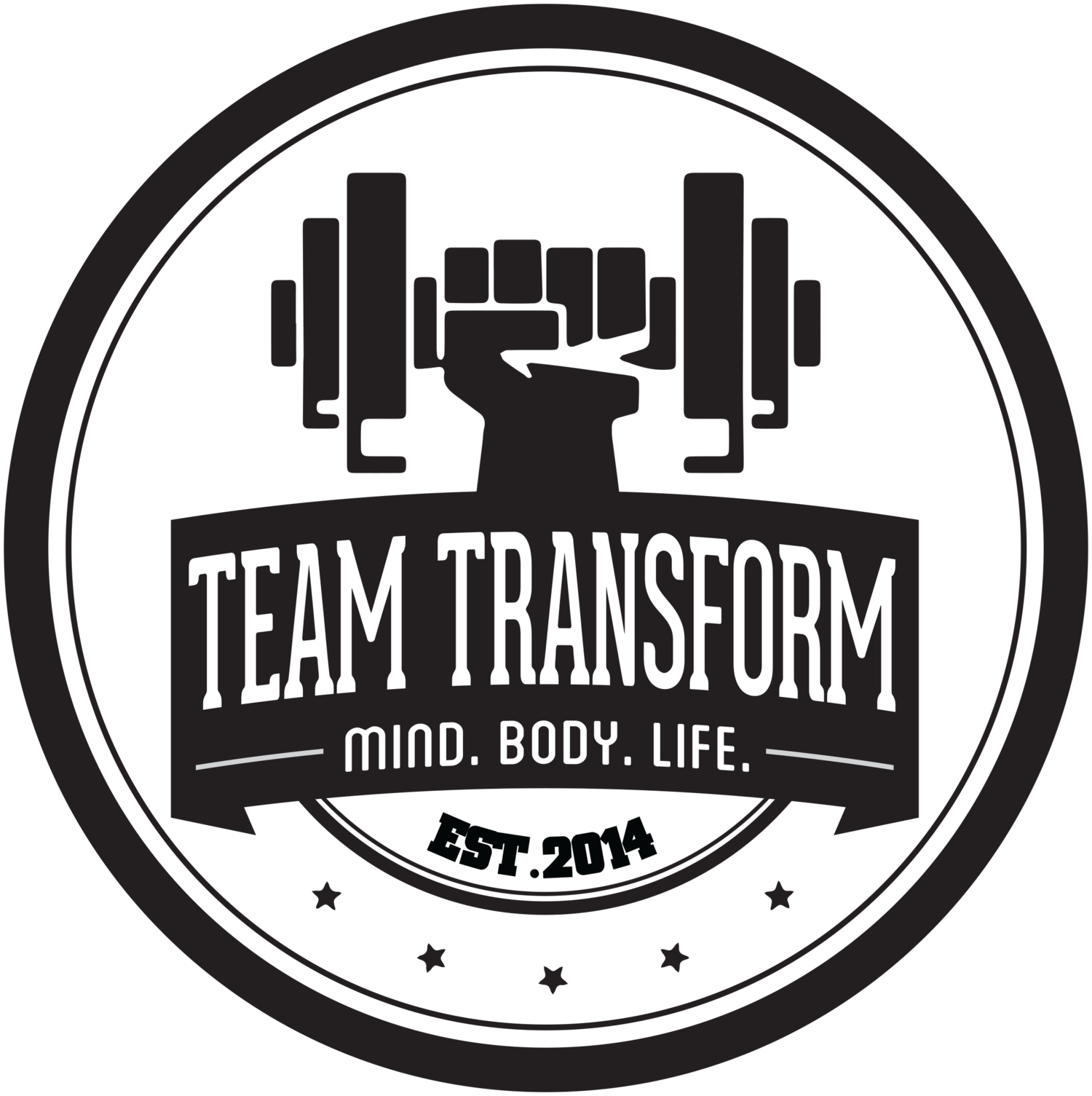Meal Prepping Made Easy: Simple Tips to Stay on Track and Get Results
When life gets busy, our nutrition is often the first thing to slip. But if you're working toward a fitness goal—whether it's fat loss, muscle gain, or just feeling better—what you eat consistently matters most. That’s where meal prepping comes in.
Meal prepping isn’t about spending your whole Sunday cooking or eating boring food every day. It's about setting yourself up for success, reducing stress, and removing the guesswork during your busy week. Here are my top tips to help make meal prepping simple, sustainable, and effective:
1. Start with a Simple Plan
You don’t need a complex spreadsheet to begin. Just ask yourself:
How many meals do I need for the week?
Which meals are my biggest struggle (typically its breakfast and lunch for most people)
Do I want full meals prepped or just parts of meals (like proteins or snacks)?
Start small. Prepping just your lunches or protein for the week is a win.
2. Build Balanced Meals
A well-prepped meal should include:
Protein: chicken, beef, pork, turkey, lamb, eggs, tofu, lentils, natural Greek yoghurt
Carbohydrates: rice, sweet potato, oats, quinoa, bananas, berries
Fats: olive oil, avocado, nuts
Vegetables: broccoli, asparagus, cauliflower, spinach, + the more color, the better
Think: grilled chicken + brown rice + broccoli + olive oil drizzle — simple, tasty, effective.
3. Batch Cook Basics
Choose 1–2 proteins, 1–2 carb sources, and 2–3 veggies for the week. Cook them in bulk, then mix and match.
Example:
Grilled chicken and lean beef mince
Sweet potato and basmati rice
Roasted broccoli, carrots, and zucchini
Use different seasonings or sauces throughout the week to avoid boredom.
4. Use Tools to Save Time
Invest in time-saving tools like:
Slow cooker or Instant Pot – for easy proteins
Rice cooker – walk away while it cooks
Air fryer – great for crispy veggies or reheating
Also: quality containers make a huge difference. Opt for glass or BPA-free plastic that stack well in the fridge.
5. Portion with Your Goals in Mind
Your prep should align with your fitness goals:
Trying to lose weight? Prioritize portion control and lean protein.
Looking to build muscle? Bump up those carb and protein portions.
Just want to feel better? Focus on whole, minimally processed foods.
Using a food scale or your hand (e.g. palm-sized protein, fist of veggies, cupped hand of carbs) is a great way to keep portions consistent.
6. Prep Snacks & Emergency Options
Don’t forget the little things:
Hard-boiled eggs, Greek yogurt, whey protein shakes / protein balls, veggie sticks, fruit, rice cakes
Keep a few frozen meals or protein bars on hand for busy days or travel
These can be the difference between staying on track or grabbing fast food.
7. Make It Enjoyable
Meal prep doesn’t have to be boring or bland. Spice blends, marinades, and fresh herbs can make a big difference. Find 3–4 go-to recipes you love and rotate them weekly.
Remember: consistency beats perfection. Even prepping a few meals per week can make a huge difference in your results.
Final Thoughts
Meal prepping isn’t just about food—it’s about freedom. You’re freeing up mental space, saving money, and taking control of your health.
Start small, build a routine that fits your lifestyle, and keep it realistic. The more consistent you are, the faster you'll see progress—and the easier it becomes to maintain long term.
Need help getting started? I can help you build good daily nutrition habits that can fit around your lifestyle, just get in touch and let’s have a chat about making a plan!

